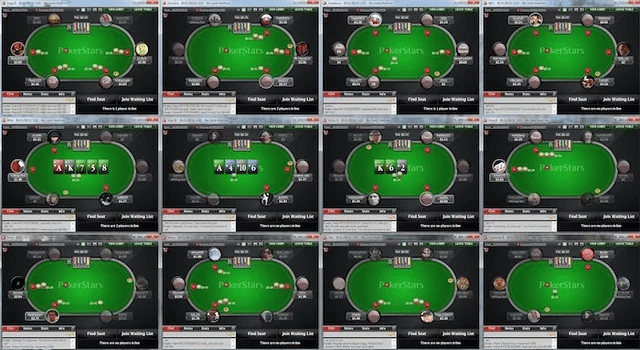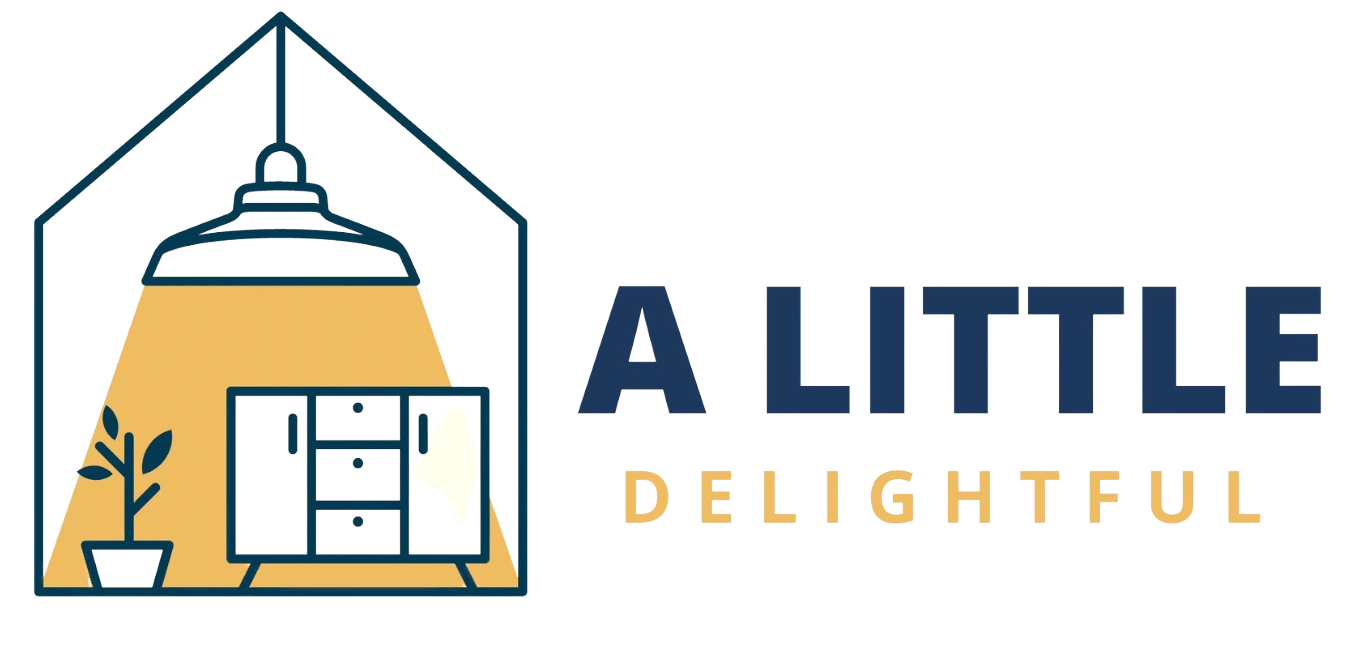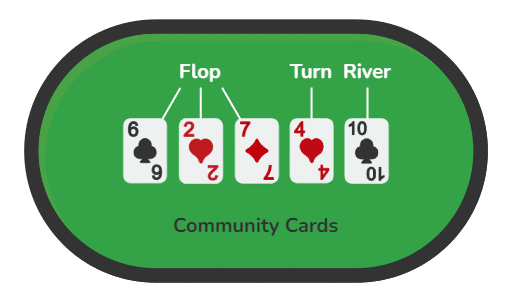Poker is more than a card game—it’s a blend of reasoning, timing, and calm focus. In homes, clubs, and online spaces across the U.S., players come together not just to win, but to sharpen their play and enjoy shared logic. A solid grasp of hand rankings, position at the table, and the flow through the flop, turn, and river helps players build a framework beyond guesswork.
What matters is learning to weigh decisions carefully: folding when the odds don’t line up, calling when value is clear, or raising when you sense opportunity in the action. Reading opponents online relies less on facial cues and more on timing, bet sizes, and betting patterns. That’s why many begin with charts and probability visuals—they replace guesswork with clarity, guiding thoughtful play instead of hype.
If you’ve browsed poker guides or hang out in learning forums, you’ve likely seen terms like best poker rooms or top poker sites mentioned in fair, context-rich lists. These phrases typically anchor neutral directories that compare features: do they offer Texas Hold’em or Omaha? Do they support multi-tabling tools? Are they regulated—or do they work through more informal networks? The goal is simple clarity, not advertisement. Tabs in these guides may highlight names like best poker rooms but only as examples, not endorsements.
It’s worth noting what doesn’t get highlighted in serious discussion. A skilled player doesn’t chase shiny platforms or catchy offers—they focus instead on bankroll control, table dynamics, and hand reading. They choose games where their analysis can shine—whether novices or sharp regulars—and refine their play through repetition and review. Here’s what often matters most:
- Consistent discipline: stacking chips only when the hand aligns with your plan.
- Game selection: seeking opponents whose tendencies you can exploit—or at least understand.
- Analytical development: using pot odds, ranges, and expected value to inform decisions.
- Patience over impulse: knowing that lasting success grows over time.
It’s these elements that show up in the same discussions that might mention top poker sites in passing—as one part of the ecosystem, not the headline.

In informal U.S. poker circles—whether among friends, local club groups, or Telegram chats—the talking points shift toward experience sharing. You’ll hear about game flow, structure, or how a cash table ran last week. Some might mention a name flagged in an article or list—perhaps a phrase like top poker sites appears just to map the landscape of what terms people use when researching. Again, it’s not a push toward any specific choice—just a sign of how players stay informed.
True poker craft is rooted in steady reasoning, adaptability, and insight. Whether you’ve been in a home game or you’re skimming through listings at a poker blog, the takeaway remains simple: notice the language people use, but focus on how they think. When discussions reference best poker rooms or top poker sites, let that serve as background—not a magnet for choice-making. The heart of poker lies in your rhythm at the table, not the logo on the lobby screen.








